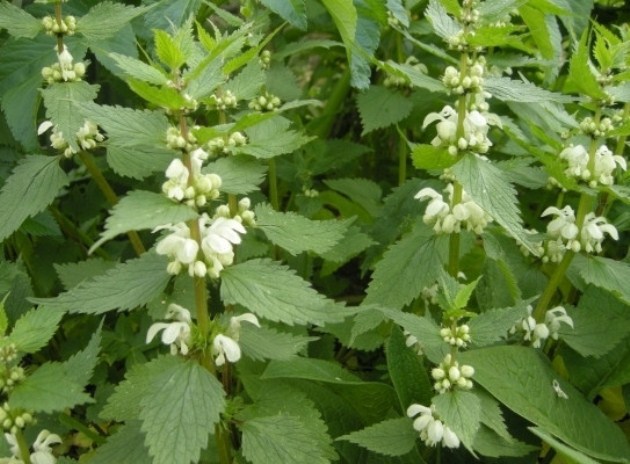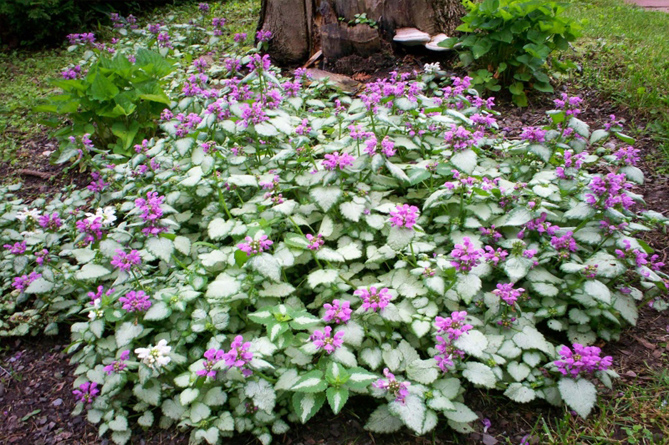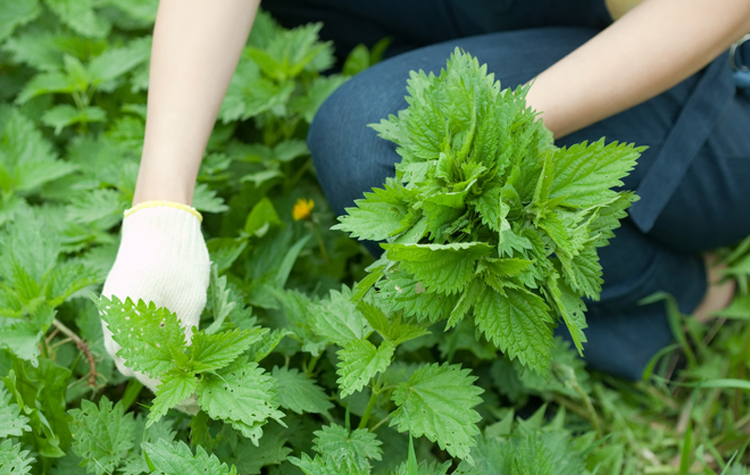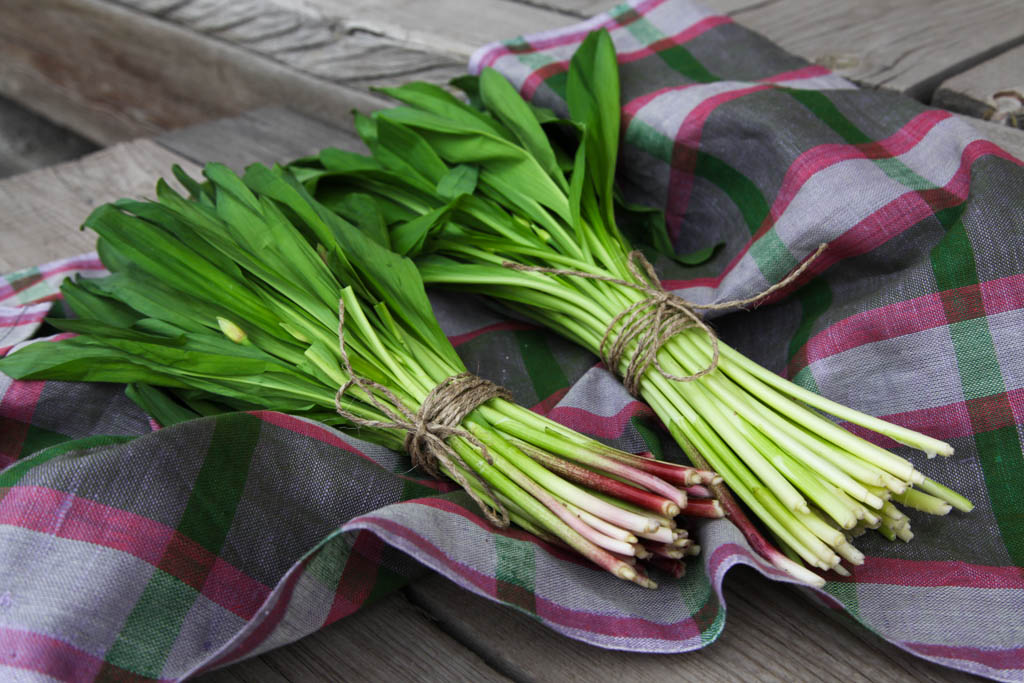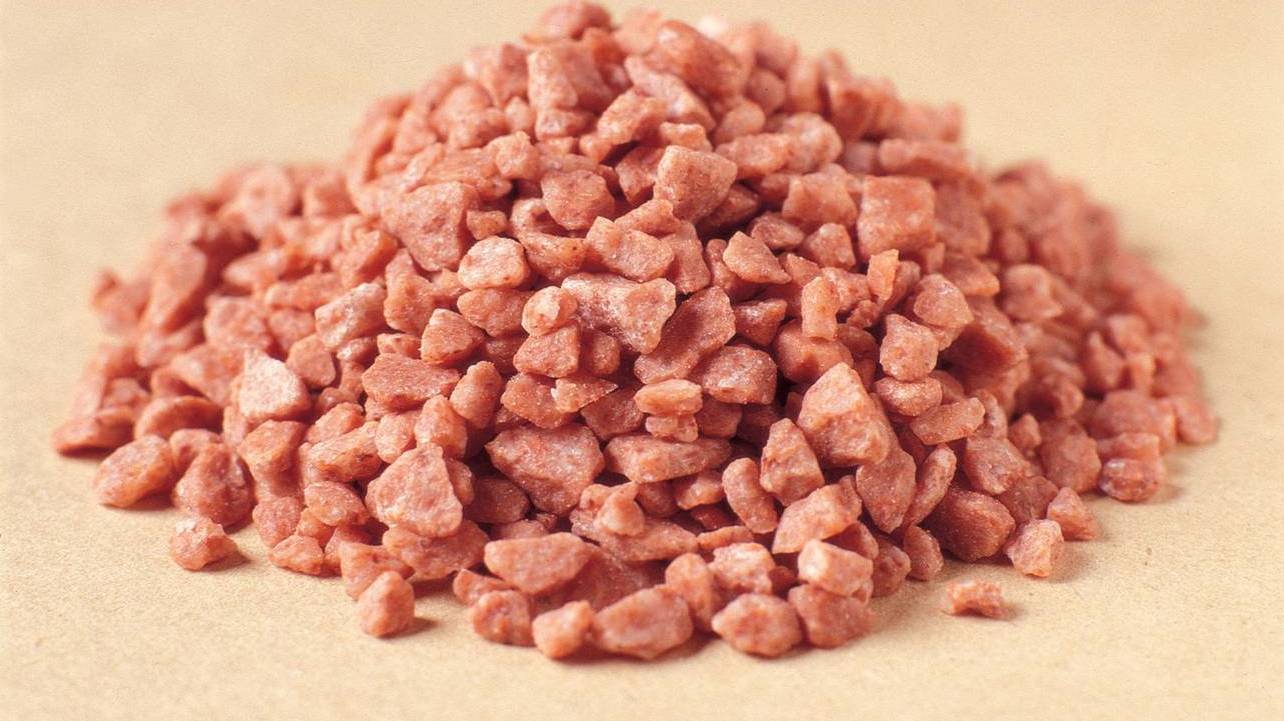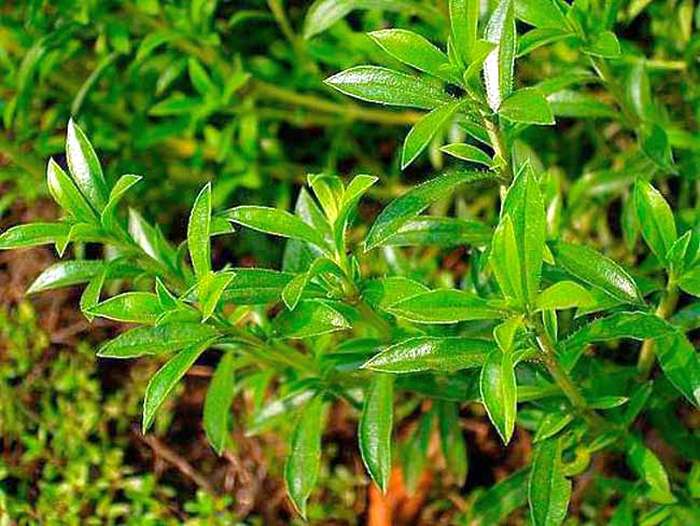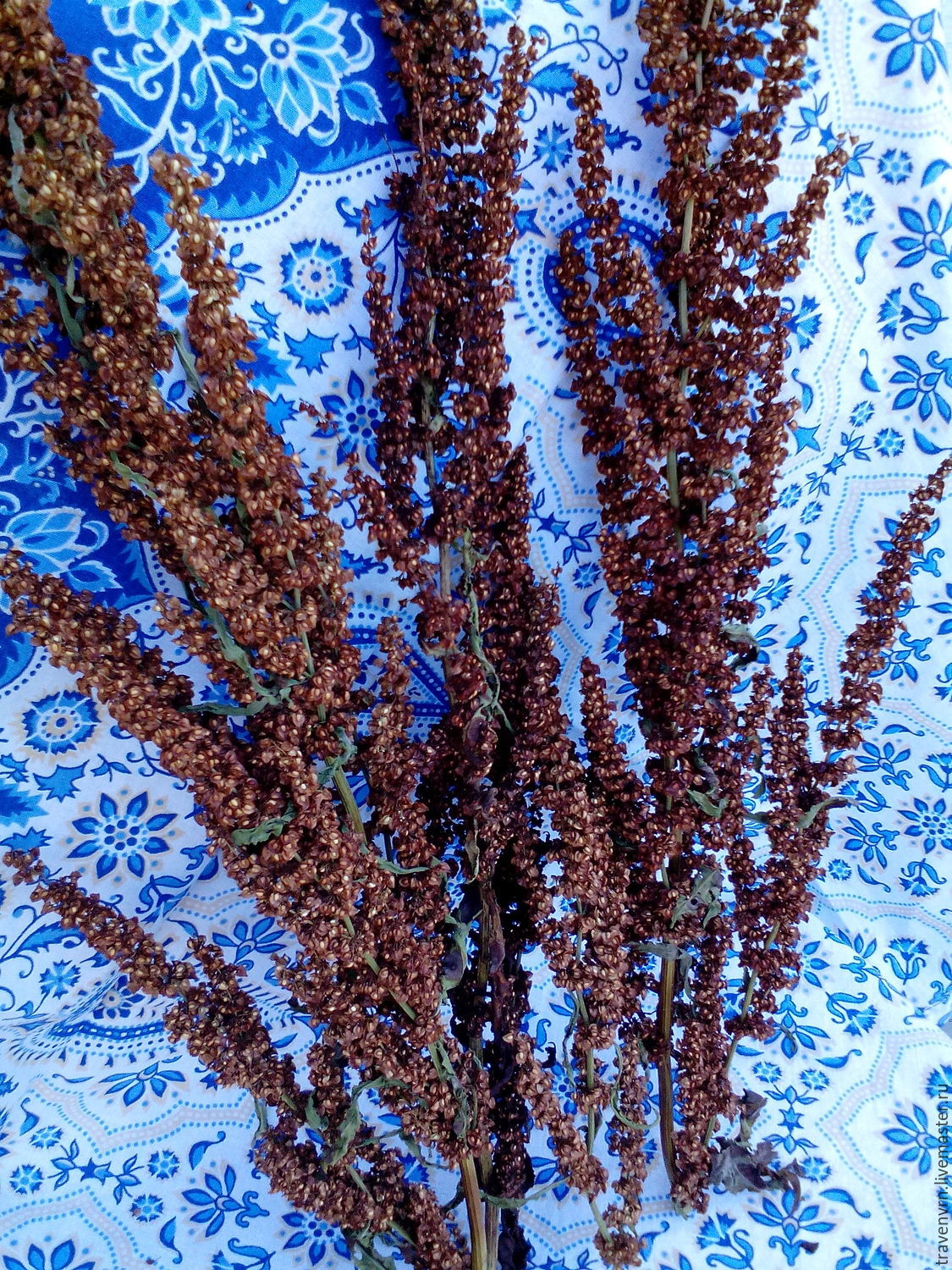This stinging nettle-like perennial plant can be considered an abundant honey plant, a unique medicinal plant, or a weed. It does not have hairs that burn the skin, so it is not dangerous to handle it. So briefly describe "deaf nettle" or "white lamb."
"False" nettle
Nettles with white flowers, as it is called in another way, is known as a nettle, in ancient times was cultivated as a technical culture. The hard fibers of its stem were used to make fishing nets, burlap, ropes, and coarse linen.
The plant belongs to the family of Labiaceae with a long root, spreading in all directions. Propagated by seeds, also releases shoots from the root, showing the ability to vegetatively settle.
Description of false nettle:
- flower - white, sessile, lowered, located in the axils of the leaves, collected in whorls of 8-10 pieces; the calyx is five-toothed, bell-shaped, the corolla of the flower is protruding with a tube, covered with a black-purple anther, nectar is collected in it;
- the fruit consists of 4 warty nuts of dark gray color, triangular shape;
- oval leaf, looks like the letter O, wrinkled, large serrate with a pointed end, heart-shaped base, dark green, with long petioles, hairs that can burn are absent;
- stem is erect, tetrahedral, hairy, reaches a length of half a meter;
- flowering of white nettle lasts from mid-May - until the autumn cold;
- the seeds begin to ripen from the beginning of summer.
Contains:
- essential oils, alkaloids, saponins;
- trace elements, flavonoids, organic acids;
- mucous and tannins, vitamins.
Varieties and differences of nettle
In total, the Lamb family includes 16 species of lamb, they have the same property. They got their name for the shape of a flower that looks like the mouth of an animal.
Another type of herb that looks like stinging nettle is dull nettle, which blooms with lilac flowers. In the people, her name is motherwort. The herb is widespread; it grows in the Belarusian forests, in the Ukraine, in the Crimea, in the Urals and the Caucasus. In different places of growth, it can be called differently: heart grass, motherwort five-lobed, motherwort heart. The structure of the plant corresponds to the family of Labiaceae, similar to the nettle, with all the characteristics of this species.
Knowing the signs of an irregular nettle, it is easy to distinguish a simple and decorative lamb from a dioecious nettle:
- lamb looks like nettle, but in the hands will not burn the skin;
- flowers are from white to blue;
- the flowers are filled with nectar that smells like honey;
- the leaf does not differ much from the usual nettle structure, but it can be of a decorative silvery color, with a dark border;
- the smell of the stem and leaves of the lamb is heavy and unpleasant, perhaps for this reason animals do not eat it, and young birds are often fed with common nettles for good growth;
- nettles blooming white, doctors do not recognize medicinal, and stinging nettle massively procured for the pharmaceutical industry;
- fake nettle gives a lot of sugary, light, delicate nectar, and the stinging grass is not honey-bearing.
False nettle stalk is a short biennial plant with numerous flowers, which have a purple-pink corolla, the leaves are rounded. Numerous stems branch at the very base, the fruits are gray, warty.
Spotted lamb or speckled - drooping stems, self-rooting; flowers are collected in whorls up to 8 pieces with a lowered purple corolla; serrated, ovoid leaves with light specks; brown, triangular fruits;
Hybrid nettle is an annual reddish plant, the stem branches from the root, the corolla and calyx of the flower are dark red; leaves are rhombic, with grooves.
Purple Lamb is a biennial plant, good honey plant; the stem is recumbent, branched, red; flowers with a blue-violet calyx are collected in whorls at the top of the stem; the leaf is crumpled, wrinkled, heart-shaped on a long petiole.
The benefits and harms of clear
A plant with a rich chemical composition has medicinal properties. For treatment, all parts of the lamb are used. Flowers are collected only in full bloom, together with stamens, dried in a ventilated room. The leaves are harvested during the flowering period of the lamb, and they are wilted in the same way. The root is dug up in late autumn, dried in a dryer until it stops bending.
Young greens are added to salads and other dishes. An adult plant is not suitable for food.
The lamb has a rare vitality, with its creeping root it can creep over a vast territory, settle in it, gaining a foothold for many years. The weed continues to bloom throughout the summer, so seed reproduction does not stop throughout the season. There are two ways to etch it:
- mechanical;
- chemical.
With the mechanical method, the plant must be constantly weeded, dug as deep as possible. It must be extinct, collecting all the dug roots and stems. Collect all the collected parts of the lambs in one heap, dry them in the sun. Then take it outside the garden into the compost pit, cover with foil. The main thing is to prevent the weeds from sprouting, they must rot.
For chemical treatment, spraying with herbicides is used. After that, the plant will die within a month. But pesticides do not act selectively; all closely growing plants will be poisoned together with nettles.
Without causing harm to vegetable crops, you can spray a young weed with a solution of potassium salts 1: 3. This method will not work on an adult plant.
